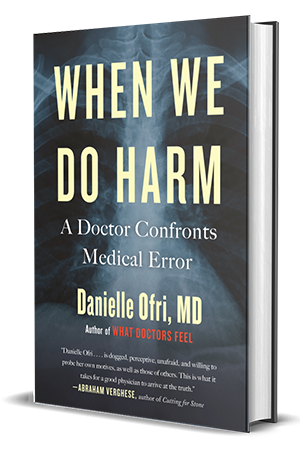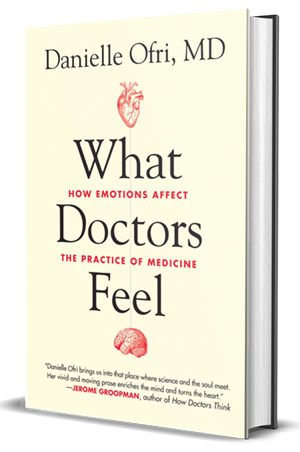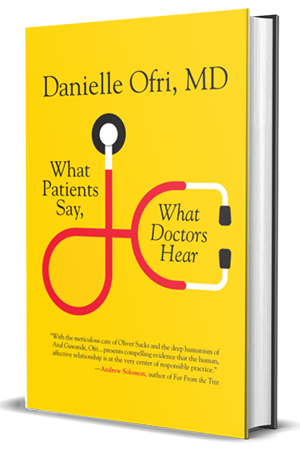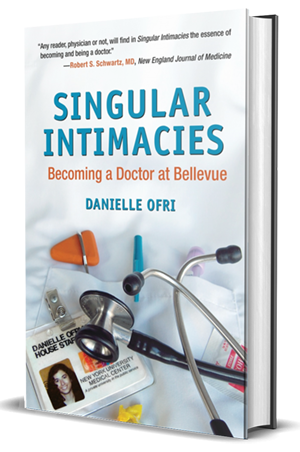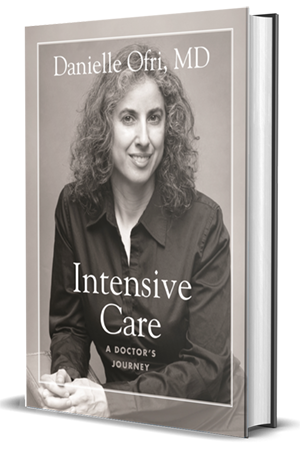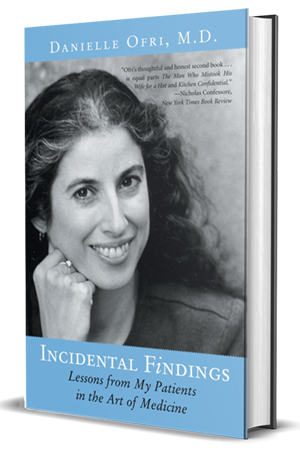diagnosis
Getting the Diagnosis Wrong
Diagnostic accuracy is fiendishly difficult to measure precisely. A new report suggests that nearly everyone will experience at least one diagnostic error in their lifetimes. More
Getting the Diagnosis Right
If I had the luxury of an hour with each patient, I would have the time to carefully sort through every diagnostic possibility. But the reality is that I, like most doctors, have five to 10 minutes to push the majority of diagnoses to the bottom of the list, come up with the most likely few at the top. More
Incidental Illness
How, in the quiet world of outpatient medicine, does one know when a life is saved? More
Ethical Implications of Incidental Findings
Imagine that you volunteer for memory study and the fMRI also happens to find a life-threatening aneurysm. Your life is saved by the “incidental finding.” But what if tumor that may not be serious is incidentally found? The tumor may not be risky, but the surgery to remove it is. You spend the rest of your life haunted by the decision of whether to operate or whether to wait. What are the ethical implications of incidental findings? A Presidential Commission weighs in. More
The Challenge of Diabetes
A diagnosis of diabetes often triggers a flurry of life changes and medical interventions. But diabetes–like all chronic illnesses–is a marathon, not a sprint. More
Incidental Finding?
A small adrenal mass was “incidentally noted” on my patient’s CT. But once the incidentaloma had been given life, so to speak, it was no longer incidental. We were now obliged to run some highly complicated—and expensive—lab tests. More
Falling into the Diagnostic Trap
It’s as though our brains close ranks around our first impression, then refuse to consider anything else. With this patient, we almost missed a life-threatening diagnosis. More
Doctors Have Feelings Too
Doctors should be aware of emotions that may lead them to be less than honest with patients or reluctant to admit errors. More
A “Difficult” Patient’s Journey
Chlöe Atkins is the type of patient that every doctor dreads—presenting with a plethora of symptoms that don’t offer any obvious medical explanation. There are multitudes of such patients in a general practitioner’ roster and most, thankfully, will not turn out to have a serious illness. But there are a few who do, and as Atkins’s book points out, this can be a harrowing experience. More
Medicine Out of Context
I ducked into the ladies’ room at La Guardia Airport in New York for a pitstop before boarding my flight. Inside I encountered a housekeeper washing the floors. She flashed me a broad smile.
“Doctora,” she said, and then hesitated. I could see that she was waiting for a response. “Recuerdame?” More
Patient 1, Society 0
A young, healthy patient called me recently requesting a CT scan of his head because of his headaches. He described his symptoms, and they sounded to me like migraines. His clinical picture was not suggestive of a brain tumor and I told him so, but he was persistent. “What if I’m the one 35-year-old who drops dead of a brain tumor while you try to figure out what’s wrong?” More
Merced
“This is a case of a 23 year-old Hispanic female…†The speaker droned on with the details of the case that I knew so well. I leaned back in my chair, anticipating and savoring the accolades that were going to come. After all, in a roundabout way, I’d made the diagnosis. I was the one who had the idea to send the Lyme test in the first place. More
A Day in the Clinic
8:30 a.m. Doing intakes—interviews with new patients to the clinic. First one is Carola Castaña, a petite thirty-five-year-old Brazilian who immigrated to the United States three months ago. She folds her hands in her lap as I begin to take her history. She understands my questions better if I ask in Spanish rather than English, but her Portuguese replies are Greek to me, so she struggles to answer in English. More
Drowning in a Sea of Health Complaints
The patient was a classic “worried-well” type of patient. When she unfolded a sheet of paper with a brisk snap, my heart sank as I saw 30 lines of hand-printed concerns. More
ERs for Primary Care
George Bush once famously (or infamously) commented that health care is indeed available for all: You just go to the emergency room. More

